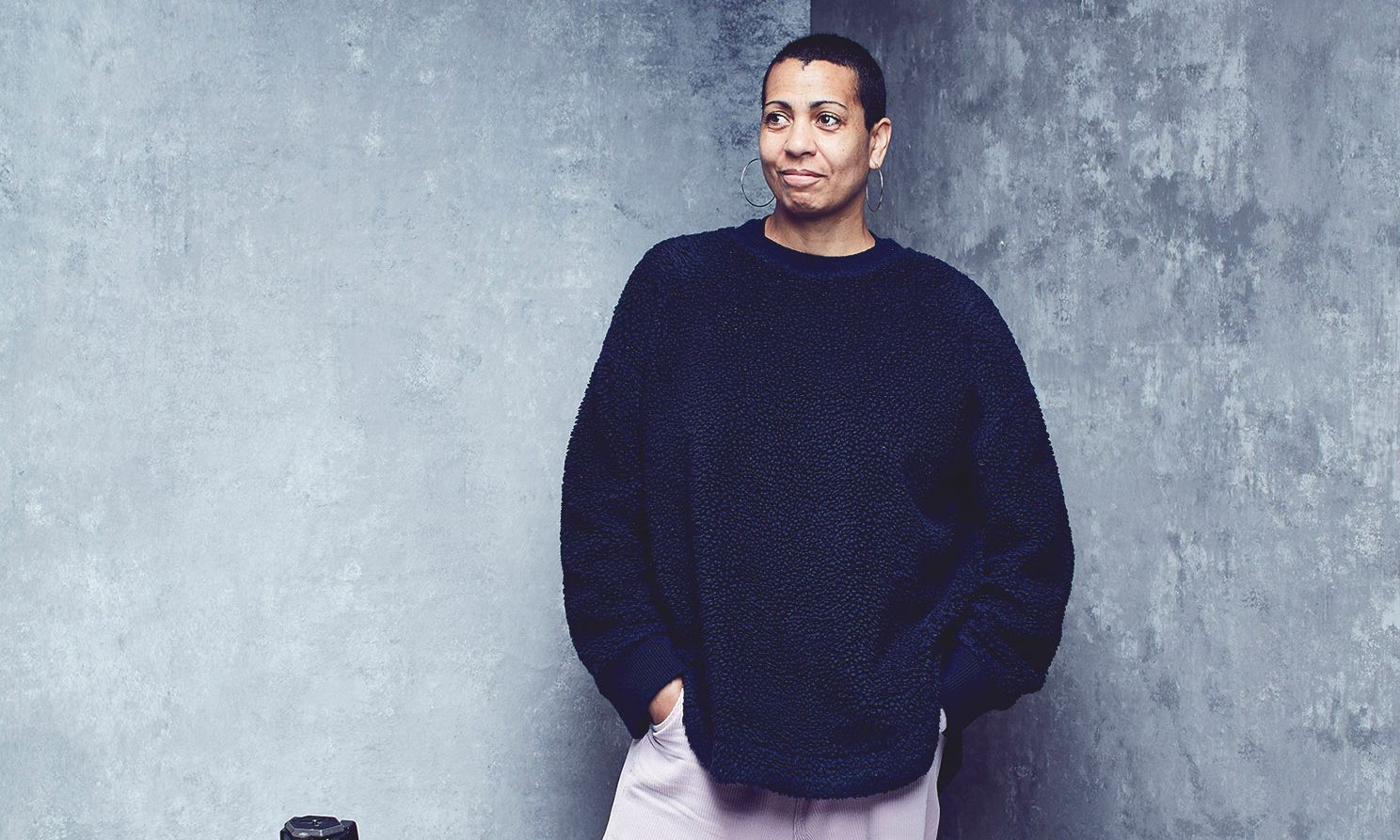Helen Cammock’s previous work includes a film about the women involved in Northern Ireland’s civil rights movement, which was shortlisted for the 2019 Turner Prize Alun Callender
Helen Cammock is attentive to who and what is rendered in the historical record, and the gaps between. Her videos, screenprints, writings and installations bridge and collapse time and geographies, and have focused on groups including Black migrants to Europe and women involved in the 1960s civil rights movement in Northern Ireland. The latter was featured in her Turner Prize-shortlisted film, The Long Note (2018), which brought the Brighton- and London-based artist into the international spotlight.
As drawn as she is to history, Cammock always makes work in relation to the present, inviting people connected to stories she excavates to assume active roles in videos and performances. Her exhibition at Art + Practice, I Will Keep My Soul, weaves contemporary lives from New Orleans’s creative community with historical threads pertaining to this rich but undervalued enclave. In a video, screenprints, performances and companion book, their voices meditate on various scales of autonomy and care at the margins.
Helen Cammock’s film, I will Keep My Soul, documents her time exploring the Amistad Research Center, which specialises in African American history Courtesy the artist; © Helen Cammock
Organised by the California African American Museum and the Rivers Institute for Contemporary Art and Thought, the exhibition is Cammock’s first in the US. It stems from a residency at the Rivers Institute that invites artists to engage with the Amistad Research Center (ARC) in New Orleans, the nation’s oldest and largest independent archive specialising in African American history. Bringing archival material into an open, present-day dialogue, I Will Keep My Soul draws together perspectives and politics, and an invitation to consider one’s own agency within shared struggles.
The Art Newspaper: How did you approach the Amistad Research Center? Did you start from a place of unfamiliarity?
Helen Cammock: I asked to see things that felt different from each other, then started to find my way. I don’t want it to be a purely intellectual exercise; I need to feel something. [The sculptor] Elizabeth Catlett kept coming up as a voice. There were letters to her from Black women artists saying, “I want to be a good artist, but this is the struggle,” and she would write back. There are exchanges that are incredibly human but also incredibly politicised, that speak to the conversations I have as a contemporary artist. Catlett was the beginning of a thread about resistance and the creative process. She opened up new avenues about activism in New Orleans, who was participating and how—musicians, the Free Southern Theater. There were lots of ways artists were creatively resisting.
The exhibition also reflects your communing with contemporary voices. Who are they?
I was introduced to people connected to things that sparked excitement for me in the archives—artists trying to make changes. There’s an emerging artist in the film who talks about gender identity, his fears, the risks. The trumpeter Troy Sawyer returned to New Orleans after Katrina to set up the nonprofit Girls Play Trumpets Too because he was conscious that women didn’t have the space to be solo trumpet players. There are stories about injustice and civil rights that run throughout the film. There are constant back-and-forth moments between artists and histories in the archive.
Cammock recorded the experiences of artists, writers and musicians in New Orleans Courtesy the artist; © Helen Cammock
I often make work sited in places I have a connection with. This was new for me, to go to a place I’d never been to before. I have fallen in love with the city, and that’s because of the people I met.
These relationships require work. How do you build those connections?
It involves research, understanding what I’m trying to do and who I might be privileged enough to speak with. I always work with somebody who has some kind of relationship to a place or to a people. Then it’s about being upfront and clear about why I’m asking questions, what I’d like to have conversations about, and going at the pace of the person. Most people need at least two or three visits over a period, so we have space to think about what they might like to bring to the conversation, where they might like to be filmed, why that’s significant. Everything has thought behind it.
Why is it important to you to entangle past with present and the living?
I don’t believe we can effect any change for the future if we don’t understand the present. To understand that, we need to know where we’ve come from, and where others have come from. For me, it’s never about them and us, or you and me. The conversations that we have connect, shift and create new meaning when they start to touch other people’s stories.
You’ve identified “the absent” in the archive as an “activator” for you. How has this experience influenced your consideration of historical gaps?
This is the first archive where I’ve been more interested in the present than the absent, because it was full of the kinds of stories that are normally absent. I’ve never experienced so many lives of Black and Brown people in the archives before. It’s about numbers but also acknowledgment, a need to preserve certain communities—not just from the archivists. People understand the significance of themselves and their worth.
The absence and interruptions that were significant for me were those of what is almost the living archive of New Orleans—bits that people don’t see, don’t talk about, don’t understand. Everybody talks about Jazz Fest, Mardi Gras, Bourbon Street. They don’t want to have the conversations about gentrification, the erosion of the financial underpinning of the city. All of those things need a platform. I think I was able to think about them because of the presence in the archive.

